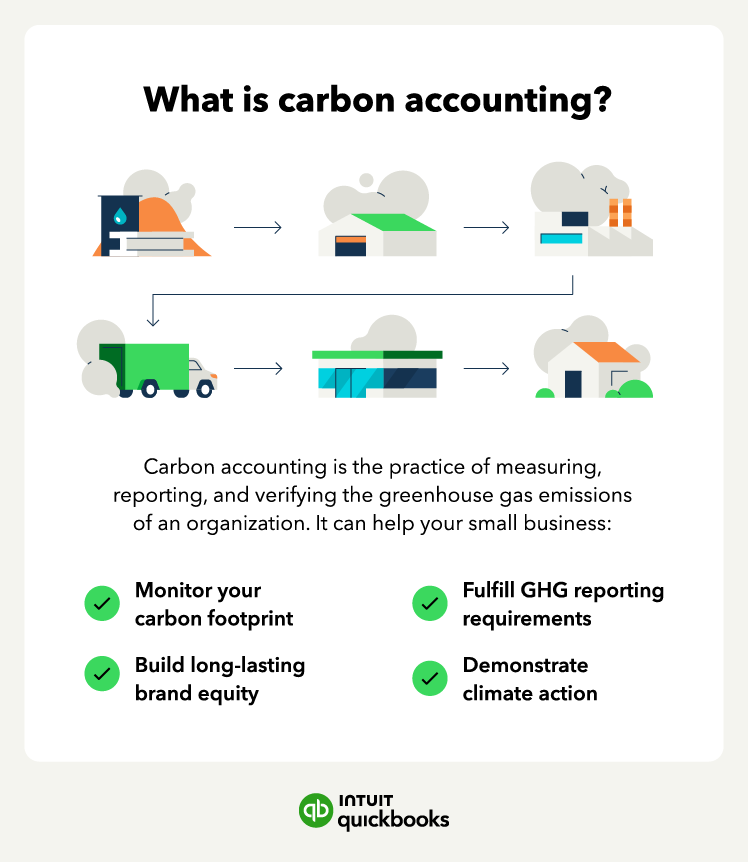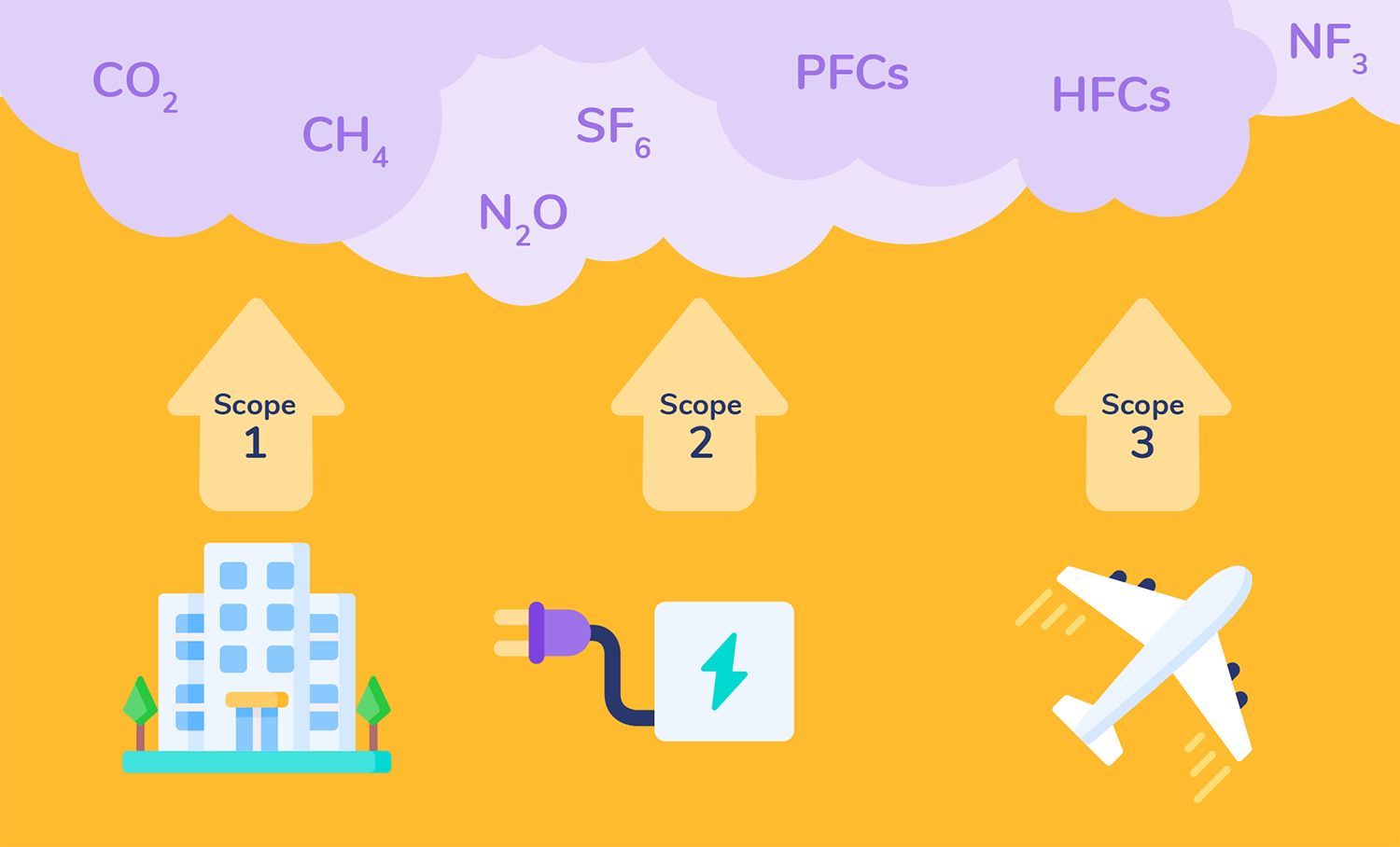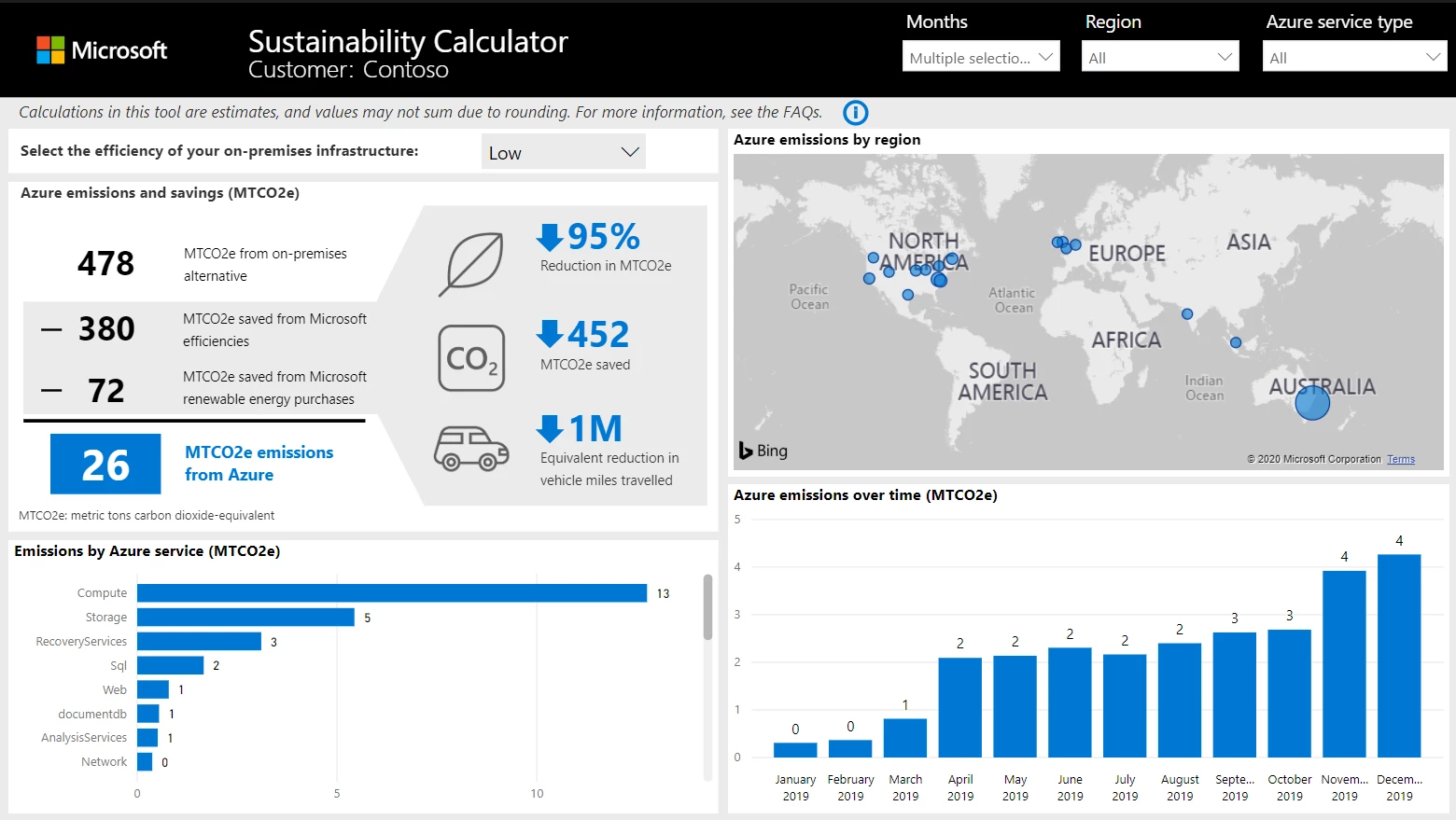What is Carbon Accounting? A Beginner’s Guide to Measuring Emissions
Climate change is no longer a distant threat—it’s happening now. From extreme weather events to rising global temperatures, the impact of greenhouse gas (GHG) emissions is undeniable.
The planet is on fire—literally.
- 2023
was the hottest year ever recorded, with global
temperatures 1.4°C above pre-industrial levels (NASA).
- By
2030, climate disasters could cost the global economy $700 billion
per year (World Bank).
- Corporations
are responsible for 70% of global emissions (CDP)—meaning
businesses hold the key to change.
Governments, investors, and consumers are demanding action, and businesses play a crucial role in reducing emissions. But here’s the challenge: How can companies cut emissions if they don’t measure them first?
The message is clear: carbon accounting isn’t
optional anymore—it’s survival.
What is Carbon Accounting?
Carbon accounting, also known as greenhouse gas (GHG) accounting, is the systematic process of measuring, tracking, and reporting an organization’s emissions in standardized units of carbon dioxide equivalents (CO₂e). Think of it as a "carbon ledger"—just like financial accounting tracks money, carbon accounting quantifies a company’s climate impact.
The Science Behind It
Governed by global standards like the Greenhouse Gas Protocol (GHGP) and ISO 14064, carbon accounting follows rigorous methodologies to:
- Set
Boundaries: Define what emissions to include (e.g., single facility
vs. entire supply chain).
- Categorize
Emissions: Classify them into Scope 1 (direct), Scope
2 (energy-related), and Scope 3 (indirect/value chain).
- Calculate
Footprint: Multiply activity data (e.g., liters of fuel used) by emission
factors (e.g., IPCC’s CO₂e per liter).
- Verify
Accuracy: Independent audits (e.g., ISO 14064-3) ensure credibility.
Why the Technical Precision Matters
- Comparability:
Standardized metrics let investors compare Apple’s emissions to
Microsoft’s.
- Regulatory
Compliance: Laws like the EU CSRD mandate
GHGP-aligned reporting.
- Science-Based
Targets: Accurate data is critical for setting Net Zero goals
(e.g., cutting emissions 50% by 2030).
Real-World Example
A shoe manufacturer might discover 60% of its
emissions come from Scope 3 (e.g., leather tanning,
shipping). Without carbon accounting, it could waste resources targeting office
electricity (Scope 2) instead of the real problem.
Beyond Corporations
Carbon accounting isn’t just for big business—it’s used by:
- Cities (e.g.,
tracking municipal waste emissions).
- Products (e.g.,
a smartphone’s lifecycle CO₂e).
- Individuals (via
apps like Mossy Earth).
Whether you’re a startup or a multinational, it’s the
foundation for reducing emissions, avoiding greenwashing, and
future-proofing your business.
Why Should Businesses Care About Carbon Accounting?
Carbon accounting isn’t just a "nice-to-have"
sustainability exercise—it’s a strategic imperative for modern
businesses. Here’s why:
1. Regulatory Compliance: Avoid Fines & Legal Risks
Governments worldwide are tightening climate regulations,
and non-compliance is becoming costly:
- EU’s
Corporate Sustainability Reporting Directive (CSRD): Requires ~50,000
companies to disclose emissions by 2025—with audit-grade accuracy or
face penalties.
- California’s
SB 253: Starting 2026, firms with >1BrevenuemustreportScope1,2,and3emissions—∗∗finesreach1BrevenuemustreportScope1,2,and3emissions—∗∗finesreach500,000/year**
for errors.
- SEC
Climate Rules (2024): Public U.S. companies must disclose material
climate risks, including emissions data.
Example: In 2023, a major European bank was
fined €4.4 million under the EU’s Sustainable Finance
Disclosure Regulation (SFDR) for misreporting emissions.
2. Investor & Stakeholder Pressure: Money Talks
Investors, shareholders, and lenders now prioritize
low-carbon businesses:
- $41
trillion in global assets are managed under ESG (Environmental,
Social, Governance) mandates (GSIA).
- BlackRock,
Vanguard, and State Street now vote against boards failing on
climate disclosures.
- 83%
of consumers prefer buying from sustainable brands (Harvard
Business Review).
Example: When ExxonMobil resisted emissions transparency, activist investors forced a board shakeup—installing three climate-focused directors.
3. Cost Savings & Operational Efficiency
Measuring emissions uncovers hidden inefficiencies that
drain profits:
- Energy
waste: A U.S. manufacturer cut $200,000/year in costs
after carbon accounting revealed inefficient HVAC systems.
- Supply
chain optimizations: Walmart reduced logistics emissions by 15%,
saving $1 billion annually (Walmart ESG Report).
- Tax
incentives: The U.S. Inflation Reduction Act (IRA) offers $369
billion in clean energy tax credits for decarbonizing.
Example: Tesla earns $1.5 billion/year selling carbon credits to polluting automakers—direct revenue from emissions tracking.
4. Competitive Advantage & Market Positioning
Early adopters outperform laggards in
growth and brand trust:
- Sustainability-focused
brands grow 5x faster than non-sustainable peers (NYU Stern).
- B2B
demand: Amazon and Apple now require suppliers to disclose emissions—no
data, no contract.
- Talent
attraction: 75% of employees prefer working for eco-conscious
employers (LinkedIn Green Skills Report).
Example: Unilever’s "Sustainable
Living" brands (e.g., Dove, Ben & Jerry’s) grew 69%
faster than others in their portfolio.
5. Future-Proofing Against Physical & Transition Risks
Climate change poses two major business risks:
- Physical
risks: Floods, fires, and droughts disrupt operations.
- Example:
In 2022, Toyota lost $350 million when a climate-linked
drought forced factory shutdowns.
- Transition
risks: Policy shifts (e.g., carbon taxes) hurt unprepared firms.
- Example: BP
wrote down $17.5 billion in assets as oil demand forecasts fell.
Companies with strong carbon accounting are 50% less
likely to face stranded assets (MSCI).
Carbon accounting isn’t about "saving the planet" alone—it’s about saving your business. From avoiding fines and pleasing investors to cutting costs and staying competitive, the ROI is undeniable.
The question isn’t "Why should we do
this?"—it’s "Can we afford not to?"
How Does Carbon Accounting Work? The GHG Protocol
At the heart of carbon accounting is the Greenhouse
Gas Protocol (GHG Protocol) – the "gold standard" for
measuring emissions. Think of it like the rulebook that helps
companies, governments, and even cities count their carbon footprint consistently
and credibly.
Developed in the 1990s by the World
Resources Institute (WRI) and the World Business Council for
Sustainable Development (WBCSD), the GHG Protocol:
✅ Defines what counts as
emissions (e.g., CO₂ from trucks, methane from landfills)
✅ Creates clear categories (Scopes 1, 2, and 3)
so everyone reports the same way
✅ Provides calculation methods (like which
emission factors to use)
It’s used by 92% of Fortune 500 companies and is the basis for regulations worldwide (like the EU’s CSRD and California’s SB 253).
This most widely used GHG protocol classifies emissions
into three scopes:
1. Scope 1: Direct Emissions
- Emissions
from sources a company owns or controls.
- Examples:
- Burning
fuel in company vehicles.
- Gas
boilers in office buildings.
- Methane
leaks from manufacturing.
2. Scope 2: Indirect Energy Emissions
- Emissions
from purchased electricity, heat, or steam.
- Example:
- If
your office runs on coal-powered grid electricity, those emissions count
here.
3. Scope 3: Value Chain Emissions
- The
biggest (and trickiest) category—covering everything else in the supply
chain.
- Examples:
- Business
travel (flights, hotels).
- Emissions
from making the products you buy.
- Even
employee commutes!
For example: If your office uses 10,000 kWh of electricity, the GHG Protocol says:
- Grid
average (location-based): 0.5 kg CO₂e/kWh → 5,000 kg CO₂e
- Your
renewable contract (market-based): 0.1 kg CO₂e/kWh → 1,000 kg
CO₂e
This ensures a gallon of diesel in Germany counts
the same as a gallon in Japan.
When Microsoft committed to carbon negativity,
they:
- Used
GHG Protocol to calculate all scopes (discovering 75%
were Scope 3)
- Applied
its market-based method to claim 100% renewable energy
- Now require
suppliers to report using the same standard
(We’ll dive deeper into each scope in upcoming blogs—stay
tuned!)
How Do Companies Use Carbon Accounting?
Carbon accounting isn’t just about counting emissions – it’s
a strategic business tool that drives innovation, cuts costs, and
creates competitive advantage. Let’s break down how Microsoft transformed
carbon accounting from compliance exercise to core business strategy.
1. From Measurement to Action: Microsoft’s Carbon-Negative
Journey
In 2020, Microsoft made an industry-shaking
commitment: to be carbon-negative by 2030. But ambition means nothing
without execution. Here’s how they used carbon accounting to turn pledges into
results:
- Comprehensive
Baseline:
- Mapped all
emission sources across Scopes 1, 2, and 3 using GHG Protocol
standards
- Discovered Scope
3 accounted for 75% of their footprint (supply chain, product
lifecycle)
- Published
transparent, third-party verified reports – setting a new bar
for corporate accountability
- Internal
Carbon Fee ($15/ton):
- Charged
every business unit for their emissions
- Generated $100M+
annually to fund renewable energy and R&D
- Incentivized
teams to reduce first, offset last
2. Targeting the Biggest Emission Sources
Microsoft’s carbon accounting revealed two key
battlegrounds:
A. Data Centers (Scope 2) – The Energy Hungry Giants
- Problem:
Cloud computing demands massive electricity
- Solution:
- Signed 100+
renewable energy contracts (PPAs)
- Developed
AI-driven energy efficiency tools for servers
- Result: 60%
reduction in Scope 2 emissions since 2015
- Problem:
30,000+ suppliers with inconsistent reporting
- Solution:
- Required top
suppliers to disclose emissions via CDP
- Built Microsoft
Cloud for Sustainability to help vendors track carbon
- Result: 6%
annual reduction in Scope 3 despite business growth
3. Turning Carbon Data Into New Revenue
Microsoft didn’t stop at cutting emissions – they productized
their expertise:
- Launched Microsoft
Sustainability Manager
- Helps
other companies track emissions
- Now
used by 5,000+ organizations
- Integrated
carbon accounting into Azure IoT and AI tools
- Example:
Helps manufacturers optimize energy use in real-time
- $10B+
annual revenue from sustainability cloud services
4. Beyond Offsets: Pioneering Carbon Removal
While many companies rely on offsets, Microsoft invested
in permanent solutions:
- Direct
Air Capture: $1B climate fund supporting Climeworks and other tech
- AI
for Conservation: Using machine learning to track reforestation impact
- Internal
Standards: Only funding removal projects that meet strict criteria
Result: Became first megacorp to achieve
carbon-negative operations in 2022
You Don’t Need to Be Microsoft to Start
While Microsoft’s scale is unique, their strategic
approach works for any business:
- SMEs:
Use affordable tools like Watershed or Persefoni
- Manufacturers:
Focus on Scope 1 (energy/processes) first
- Retailers:
Engage suppliers through simple carbon surveys
The bottom line? Carbon accounting isn’t about guilt –
it’s about growth, resilience, and innovation. Microsoft proved that when
you measure what matters, you can change everything.
Final Thoughts: Why This Matters
Carbon accounting isn’t just for big corporations—small
businesses, startups, and even individuals can benefit. By measuring
emissions, we:
✅ Identify the biggest polluters in operations.
✅ Make smarter, eco-friendly business decisions.
✅ Contribute to a net-zero future.
The first step? Start measuring.
What’s Next?
In our next blog, we’ll break down Scope 1 emissions—how
to calculate them and real-world examples.
Got questions? Drop them in the comments—we’d love to
hear what’s on your mind!












Comments
Post a Comment